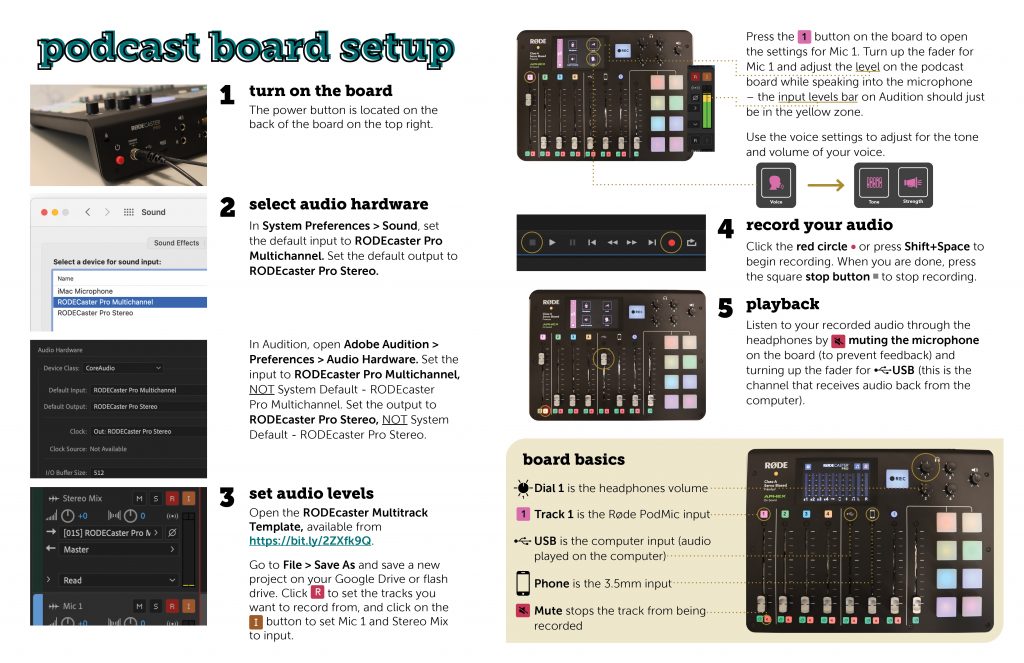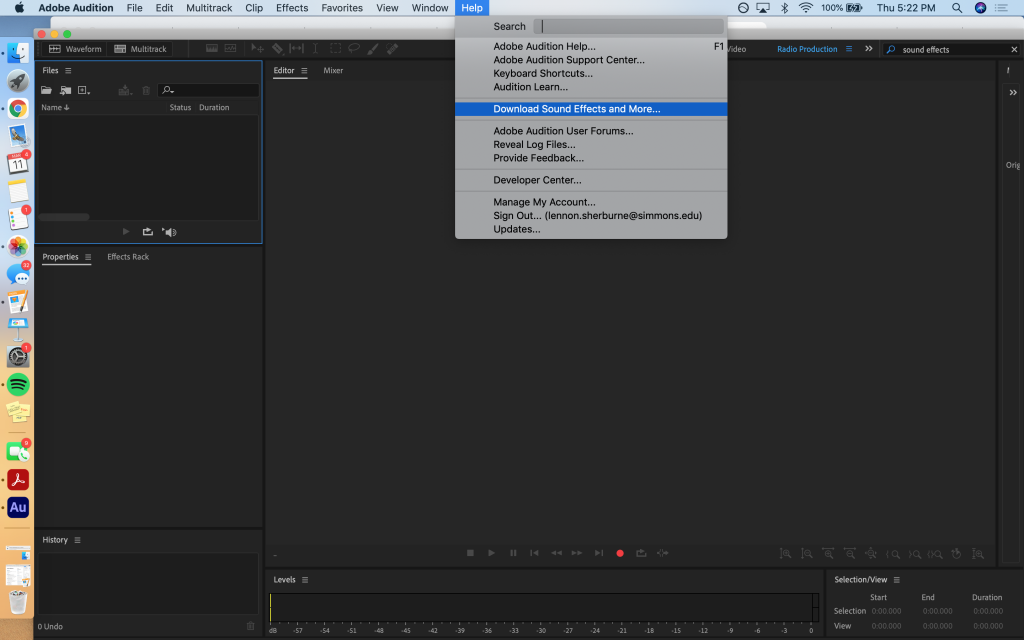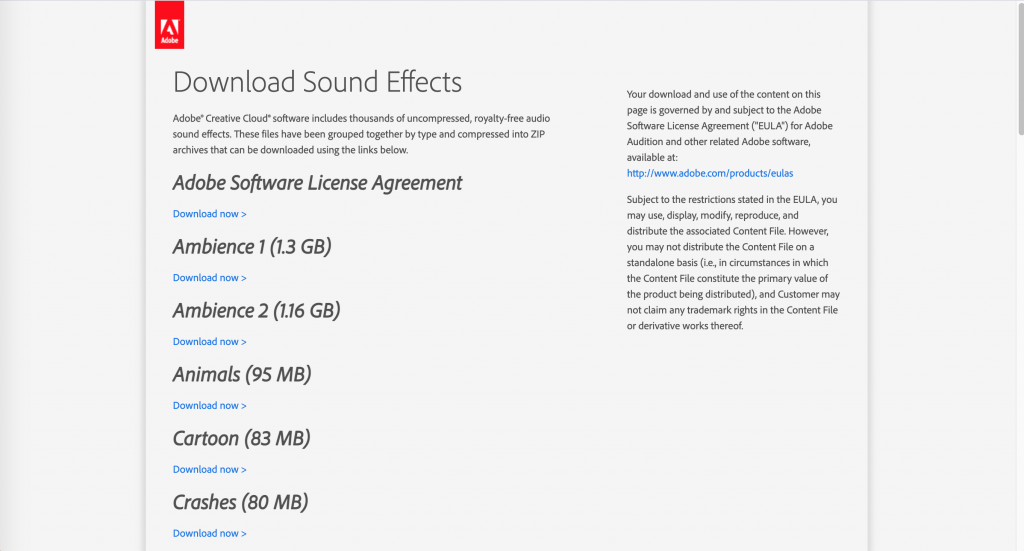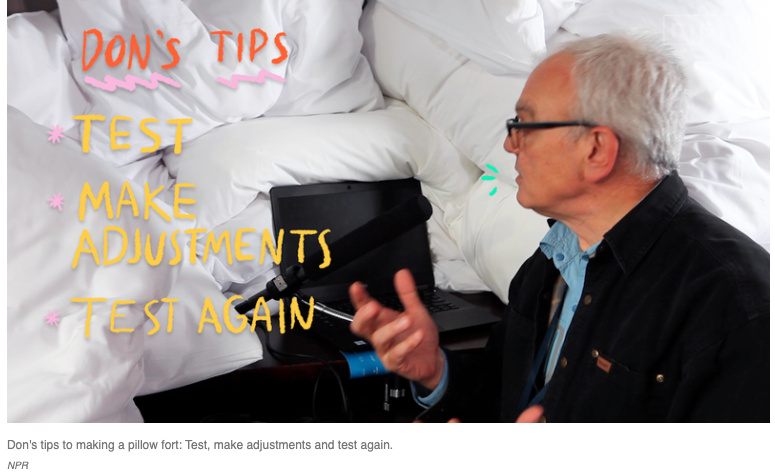What is Anchor?
Anchor is Spotify’s free podcasting platform. You can create, distribute, and monetize your podcast and signing up is free. It is a great platform for creators of all levels to start their own audio projects.
Platforms Anchor can distribute your content to:
- Spotify
- Apple Podcasts
- Google Podcasts
- Overcast
- Amazon Music
- iHeartRadio
- Castbox
- Pocket Casts
- RadioPublic
- Stitcher
What you can use Anchor for:
- Class projects
- Personal projects
- Record audio
- Edit audio
- Create audio from a video file
- Add transitions
- Connect your pre-existing podcast to Anchor
- Gathering analytics on your podcast
How to get started:
From their homepage, click on “Get Started” or “New Episode” and make your free account. Once you make your account, you can either start recording your audio project on the platform itself, or you can import audio files you already have.
Anchor can import these type of files with a maximum file size of 250 MB :
- MP3
- M4A
- WAV
- MPG
- MOV
- MP4
If you already have an existing podcast, you can copy and paste your podcast’s RSS feed into Anchor so that Anchor can make the switch for you.
Once you have finished recording or have uploaded your recording, you can add music if you’d like and/or edit the audio on Anchor’s platform. You can choose from Anchor’s selection of “smart background music” or add songs from Spotify right from the same dashboard. Anchor’s music and music from Spotify have licensing agreements which you can find here.
You can choose to add background music or search for a song on Spotify by clicking the “music” icon.
Once you have recorded and if you’d like to edit the audio, click on the 3 dots next to the audio file and select “Edit audio”. It will then bring you to the audio editing dashboard.
When you’re ready to publish your recording, click “Save” to save any changes you’ve made and you’ll be able to then name your episode, write up a description, and choose when to publish the episode.
Before Anchor distributes your content though, you have to set up your podcast that the episode will be published under. You can also upload your own logo or podcast cover image. If you need help coming up with a name, Anchor has a great tool and tips page on how to find something that suits you.
Other helpful tips:
If you already have a podcast, you can switch to Anchor and connect yours via their “Switch to Anchor” instructions at the top of their homepage. Your personal Spotify account will remain separate from your hosting account on Anchor.
You can also download an audio file you’ve either previously recorded or uploaded to Anchor by clicking the 3 dots next to your episode and clicking ‘download’. It will automatically download as a .m4a file.





